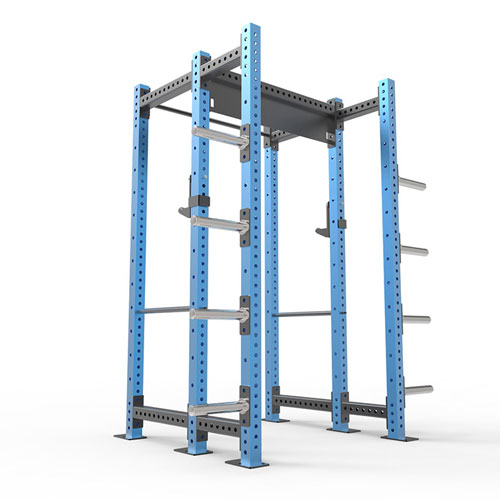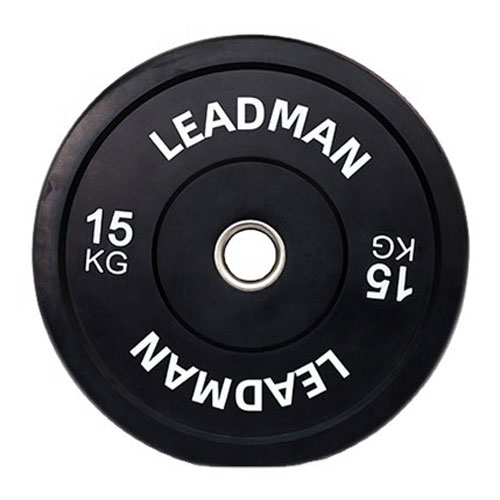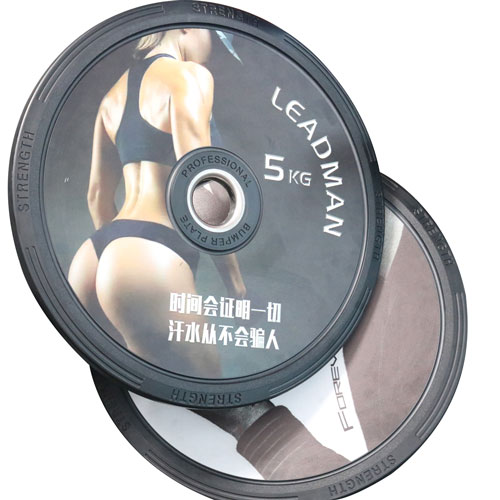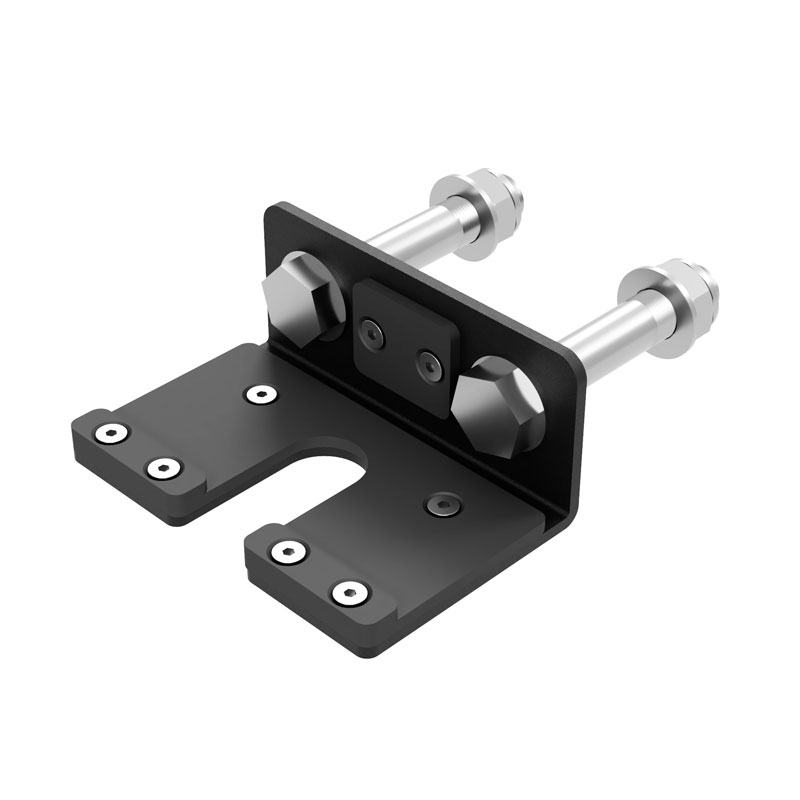4 Supply Chain Risks for Gym Equipment in 2025
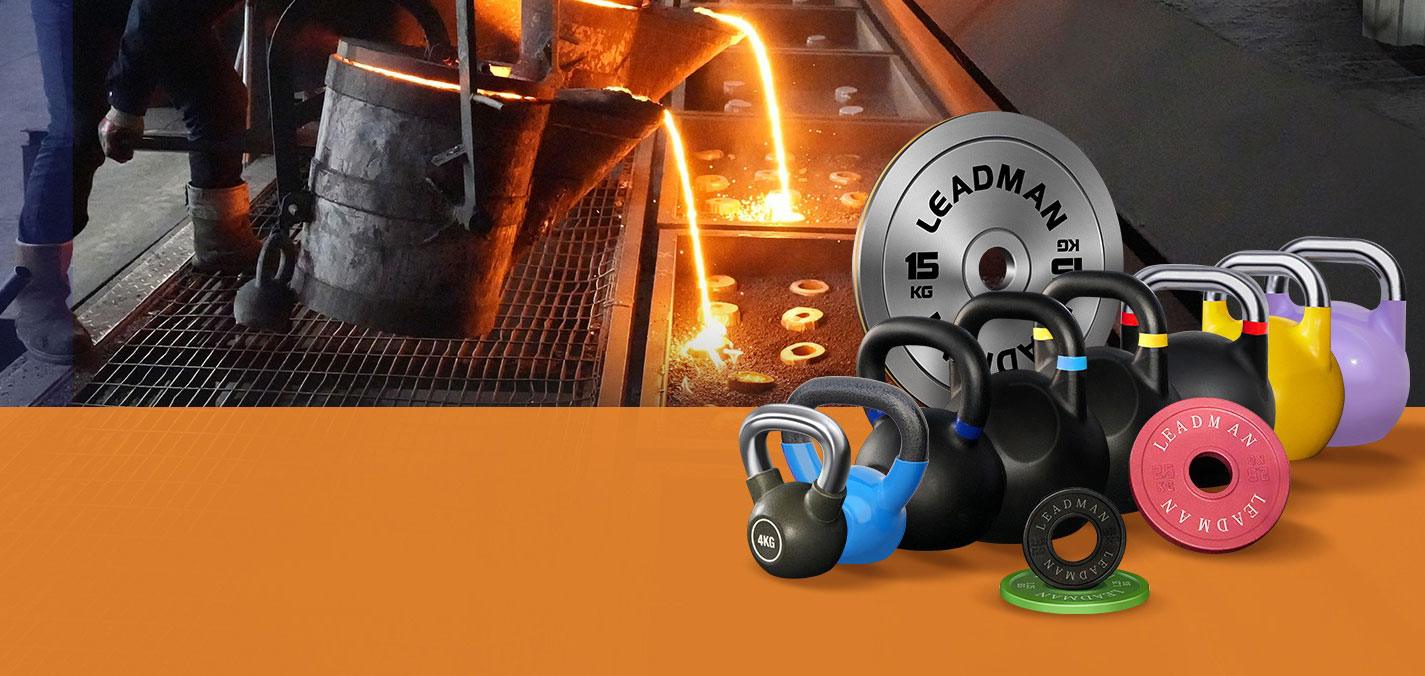
Protecting Your Gym Equipment Supply in 2025
As a gym owner, dealer, or distributor in the fitness industry, you rely on a steady supply of commercial gym equipment—barbells, racks, plates, and machines—to keep your business thriving. But in 2025, supply chain disruptions could jeopardize your operations, from raw material shortages to transportation bottlenecks. Drawing on over two decades of experience in the fitness equipment sector, this guide highlights four critical warning signs of impending disruptions and offers proactive strategies for gyms and dealers to mitigate risks, ensure stable supply, and maintain business continuity. With global demand rising and economic pressures mounting, staying ahead is more crucial than ever.
Explore these insights, backed by industry trends and data, to safeguard your gym equipment supply chain and keep your business competitive in 2025.
Warning Sign 1: Rising Raw Material Costs and Shortages
In 2025, escalating costs for raw materials like steel, rubber, and plastics—key components for gym equipment—signal potential supply chain strain. A 2024 industry report noted a 15% increase in steel prices due to economic factors and mining disruptions, impacting barbell and rack production. For gyms and dealers, this could mean delayed orders or higher costs, threatening profitability. Watch for sudden price spikes or supplier notifications of material scarcity as early indicators. To mitigate, diversify suppliers across regions (e.g., North America, Asia) and maintain buffer stocks of critical components, reducing reliance on a single source. A 50/50 supplier split, as recommended by supply chain experts, can minimize impact if one source falters, ensuring steady production and delivery.
Learn about sourcing strategies here:
Warning Sign 2: Global Trade Policy Changes Impacting Supply Chains
In 2025, shifts in global trade policies—such as new tariffs, regulatory changes, or economic sanctions—can disrupt gym equipment supply chains. A 2025 forecast predicts 20% of fitness equipment manufacturers may face delays due to evolving trade regulations or higher import costs, affecting barbell and plate deliveries. Monitor industry updates for policy changes or economic shifts, especially in manufacturing hubs like China, where 65% of global fitness equipment is produced, per a 2023 industry study. To mitigate, build a diverse supplier network, including local or nearshore options (e.g., U.S. or EU manufacturers), and use real-time tracking to adapt quickly if policies impact shipping. This ensures continuity for gyms and dealers, even amid trade challenges.
Explore risk mitigation strategies here:
Warning Sign 3: Transportation Bottlenecks and Logistics Delays
Transportation challenges, such as port congestion, fuel price hikes, or labor strikes, could slow gym equipment deliveries in 2025. A 2024 logistics report highlighted a 30% increase in shipping delays due to port backups in Asia and North America, impacting rack and machine shipments. For gyms and dealers, this could mean stockouts or missed deadlines, hurting client satisfaction. Monitor freight rates, port schedules, and labor news as early warnings. Mitigate by diversifying shipping routes (e.g., air vs. sea), partnering with logistics providers offering real-time tracking, and maintaining buffer inventory to cover delays. This approach, supported by industry data, ensures stable supply despite logistical hurdles.
Learn about logistics optimization here:
Warning Sign 4: Supplier Financial Instability or Capacity Issues
In 2025, supplier financial troubles or overwhelmed production capacity could disrupt gym equipment supply. A 2023 fitness industry analysis found that 10% of equipment suppliers faced bankruptcy risks due to inflation and demand spikes, delaying rack and plate production. For gyms and dealers, this risks stock shortages or quality issues. Monitor supplier financial health, order fulfillment rates, and capacity reports as warning signs. Mitigate by diversifying your supplier base, conducting regular audits, and building long-term partnerships with reliable vendors. A balanced 80/20 or 50/50 supplier strategy, as per supply chain best practices, ensures continuity if one supplier struggles, safeguarding your business.
Discover supplier risk management here:
Proactive Strategies for Business Continuity
For gyms, dealers, and distributors, anticipating and mitigating supply chain disruptions in 2025 ensures stable operations and client trust. By monitoring raw material costs, global trade policy changes, transportation bottlenecks, and supplier stability, you can act early to diversify suppliers, optimize logistics, and maintain buffer stocks. Industry data suggests these strategies can reduce disruption impacts by 30-50%, preserving profitability and market competitiveness. With over two decades of fitness equipment industry experience, I've seen businesses thrive by adopting these proactive measures, leveraging real-time tools and diversified networks to navigate 2025's challenges successfully.
Stay prepared with insights for 2025 here:
Ready to Safeguard Your Gym Equipment Supply Chain?
Proactively mitigate supply chain risks to ensure stable supply and boost your business's resilience in 2025.
Discover how a trusted fitness equipment supplier can help you navigate supply chain challenges. Reach out today for expert guidance!
FAQ About Supply Chain Disruptions for Commercial Gym Equipment in 2025
How can I detect raw material shortages early?
Monitor price spikes, supplier alerts, and industry reports for signs of scarcity, and diversify suppliers to reduce risk.
What's the impact of global trade policy changes on gym equipment?
Trade policy shifts or economic sanctions can delay shipments or increase costs by 20% or more.
How can I prepare for transportation delays?
Use real-time tracking, diversify shipping routes, and maintain buffer inventory to cover delays of 1-4 weeks.
What if a supplier goes bankrupt?
Diversify your supplier base (e.g., 50/50 split) and conduct regular financial audits to ensure continuity.
How much buffer stock should I maintain?
Keep 2-4 weeks' worth of critical items like racks and plates, based on usage and disruption risk, to avoid stockouts.


